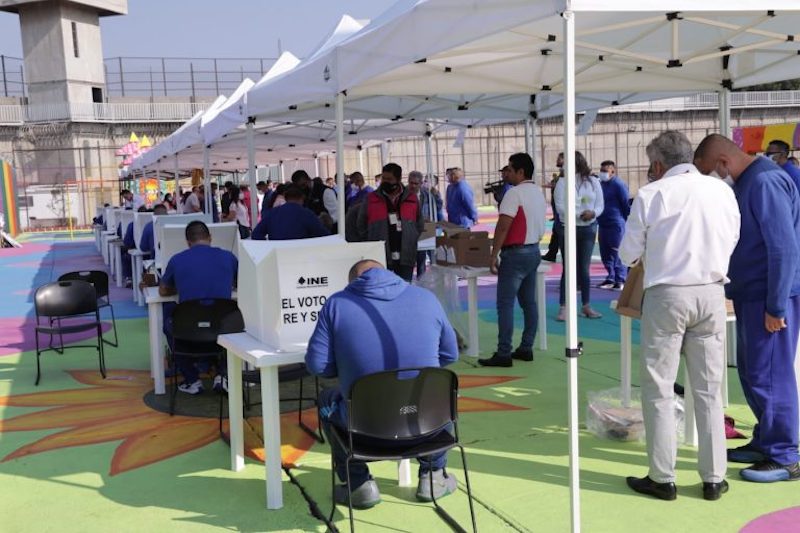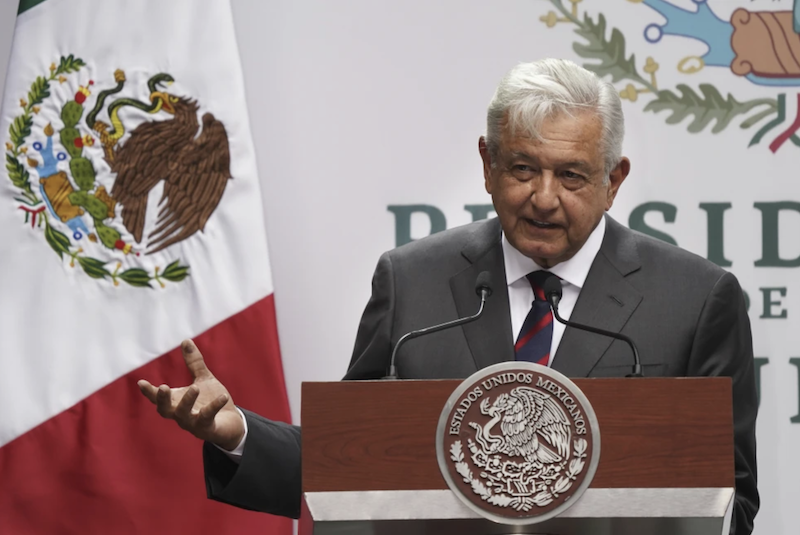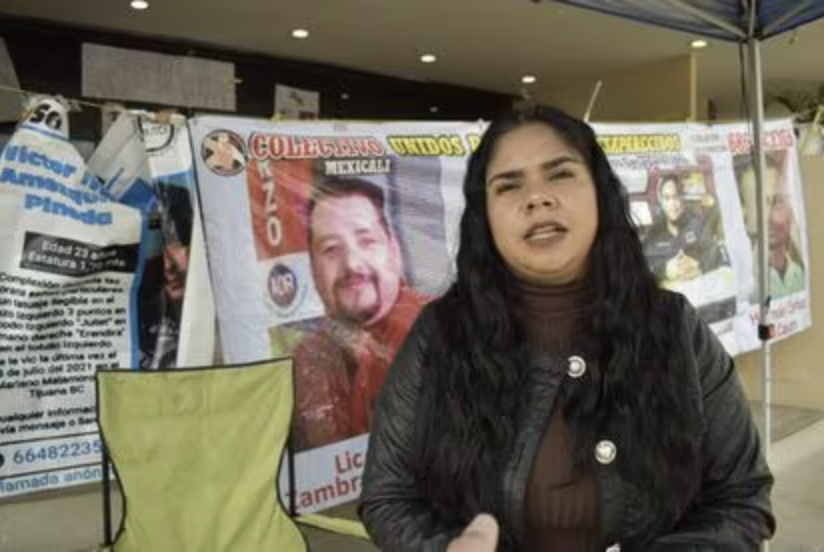08/04/20 (written by MMacGregor)- Although Mexico has engaged in various agreements in order to prevent domestic violence and promote women’s rights, the situation for women in the country continues to be extremely dangerous. According to a survey by the National Institute of Statistics and Geography (Instituto Nacional de Estadística y Geografía), 7 out of 10 women have experienced violence at some point in their lives. Despite the creation of laws that explicitly define the different forms that domestic violence can take, Mexico has faced challenges with the implementation of these laws at the state and local levels, resulting in insufficient justice for victims and their families.
At the international level, Mexico is a signatory of agreements whose primary purpose is to promote gender equality and women’s rights. These agreements include the Convention on the Elimination of All forms of Discrimination Against Women (CEDAW) in 1979, a document that defines what constitutes discrimination against women and sets up a national agenda to end this discrimination. According to the United Nations Human Rights Office of the High Commissioner, the Convention defines discrimination against women as “any distinction, exclusion, or restriction made on the basis of sex which has the effect or purpose of impairing or nullifying the recognition, enjoyment, or exercise by women, irrespective of their marital status, on a basis of equality of men and women, of human rights and fundamental freedoms in the political, economic, social, cultural, civil, or any other field”.
International Frameworks
Additionally, Mexico is a part of the Inter-American Convention on the Prevention, Punishment, and Eradication of Violence against Women (Convention Belem do Para of 1994), which explicitly defines violence against women and establishes that women have the right to live free of violence. According to the Organization of American States, the convention “calls for the establishment of mechanisms for protecting and defending women’s rights as essential to combating the phenomenon of violence against women’s physical, sexual, and psychological identity, whether in the private or public sphere, and for asserting those rights within society”. Finally, Mexico is also a part of the Beijing Declaration and Platform for Action (1995), which is the most progressive blueprint for advancing women’s rights and “imagines a world where each and every women and girl can exercise her freedoms and choices and realize all of her rights, such as living free from violence, going to school, participating in decisions, and earning equal pay for equal work”.
National Mechanism and Institutions
Since Mexico is a signatory on these powerful international agreements committed to the advancement, empowerment, and protection of women and their rights, it is essential to analyze the reasons why the country has not been able to implement these commitments on a national level. In order to do so, it is important to understand the federal binding laws in Mexico and key national institutions to address women’s rights, as well as the legal mechanism to prevent femicides from occurring.
From a legal perspective with regard to violence against women, the federal binding law in Mexico is the General Law on Women’s Access to a Life Free of Violence, or la Ley General de Aceso de las Mujeres a Una Vida Libre de Violencia. Published on February 1st, 2007, the law “contains the guiding principles for the access of all women to a life free of violence and discrimination, legal equality between women and men, and respect for women’s dignity”. This law was a significant step in Mexican history because, for the first time, it distinguished between the different types of violence inflicted against women: psychological, physical, economic, patrimonial, and sexual. It made it clear that violence does not always produce visible physical injuries. It has established the areas of life women are being violated. Additionally, the law attempts to specify the modality of violence, distinguishing between violence inflicted at home, school, work, or through another institution.
Furthermore, the legal mechanism to prevent femicide is the Gender Violence Against Women Alert (Alerta de Violencia de Genero contra las Mujeres), which consists of a set of emergency government actions to stop violence against women in a particular territory and can be exercised by invididuals or by the community itself. Representatives from various national institutions analyze and research the situation in the territory in order to determine possible human rights violations. This research can take the form of on-site visits, interviews, and information from state authorities. These institutions include the National Institute of Women (Instituto Nacional de Mujeres- INMUJERES), the National Commission to Prevent and Eradicate Violence Against Women (Comisión Nacional para Prevenir y Eradicar la Violencia Contra las Mujeres- CONAVIM), and the Special Prosecutor’s Office for Crimes of Violence against Women and Trafficking in Persons (Fiscalía Especial para los Delitos de Violencia Contra las Mujeres y Trata de Personas). All three of these organizations work together with academic and local authorities to prevent feminicidal violence against women.
Challenges to Preventing Violence Against Women
With all of these international and national conventions in place to protect women, it is important to consider the reasons why the number of domestic violence cases and femicides continue to pose a significant problem in Mexico. According to Amnesty International, the problem lies in the implementation of these laws at the state and local level. Although the General Law was a step in the right direction, the law has not focused on removing the real obstacles preventing women from registering complaints or improving persecutions of those who commit violence against women. Specifically, Article 27 in the General Law states that “when they are made aware of acts that may constitute offenses or crimes involving violence against women” protection orders must be issued by authorities. The reality of this is that protection or restraining orders are rarely used or enforced. As a result, women who need urgent help because a restraining order has been violated have no option other than to contact the general police emergency number or bring the complaint to a court. Neither of these guarantee that they will get the immediate help they need. Additionally, social services and prosecutor’s offices often encourage victims to reconcile with those responsible for the violence in their homes rather than pursuing criminal prosecutions. Because many victims do not want to confront their attacker to tell them about the mediation meetings and procedures for fear of retaliation, many of the cases end up unresolved.
In conclusion, there remains an urgent need to bridge the gap between the international and national frameworks regarding the protection of women and their implementation in the country. In order to adequately protect women and prevent violence against them, it is vital that the Mexican government put its numerous policies into action with political commitment, resources, training, and accountability.
Sources:
“Committee on the Elimination of Discrimination Against Women.” OHCHR.
“Convention on the Elimination of All Forms of Discrimination against Women.” OHCHR.
“Sitio De Instituto Nacional De Las Mujeres.” Gobierno De México




